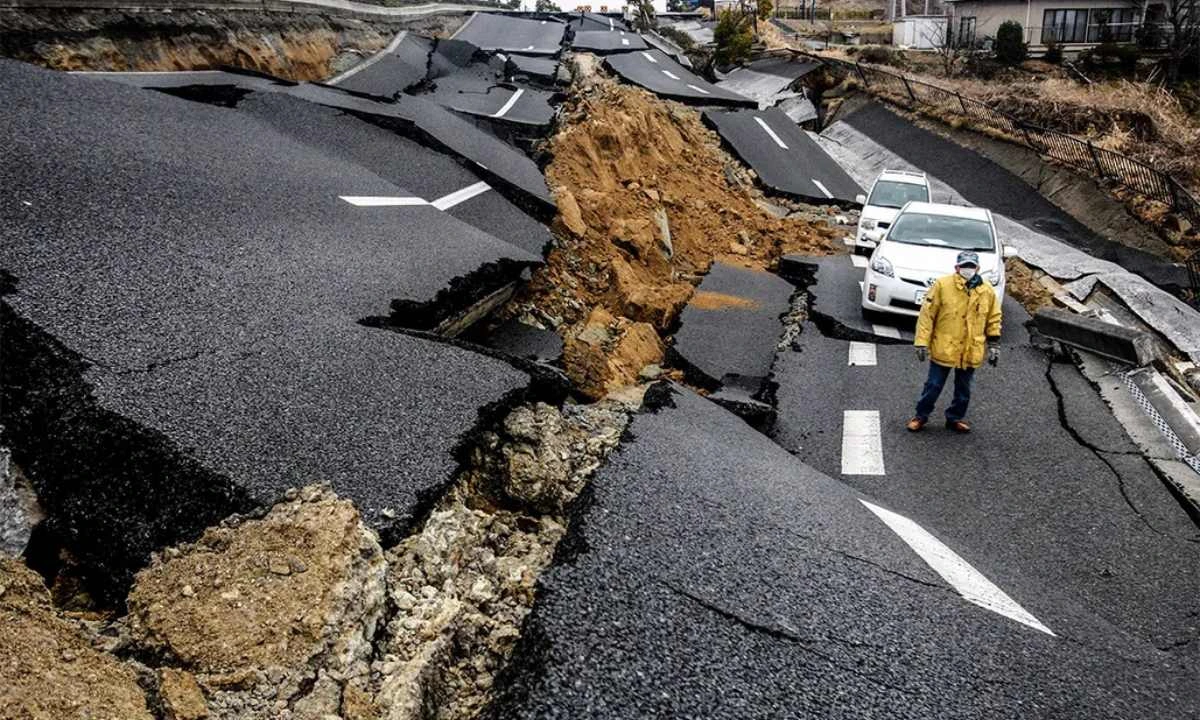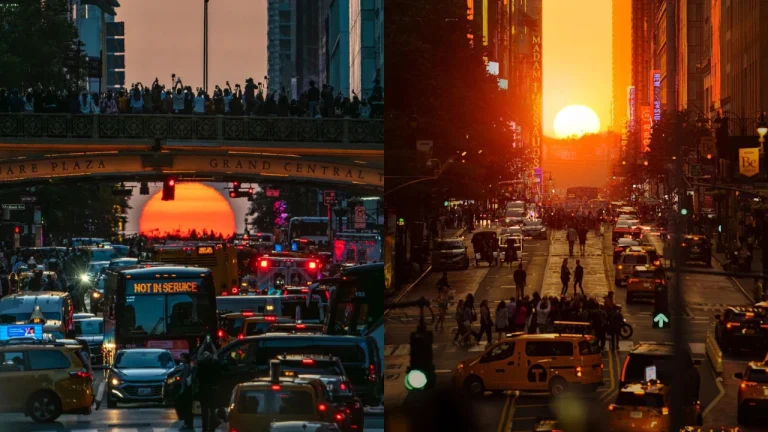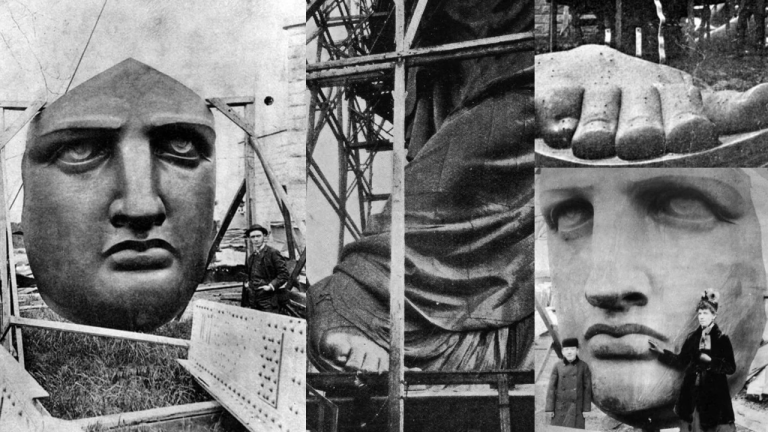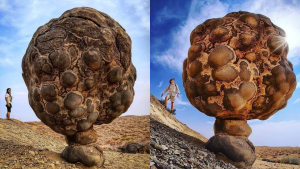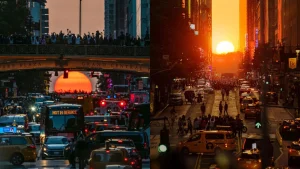On Thursday at 10:44 a.m., a powerful 7.0 magnitude earthquake rattled the sparsely populated northern coast of California near the town of Petrolia. Known for its seismic activity, this region sits in the Mendocino Triple Junction—a complex meeting point of tectonic plates.
The quake triggered a tsunami warning that stretched from southern Oregon to San Francisco, later canceled by the National Tsunami Warning Center. The warning was short-lived. However, the quake left its mark, followed by nearly 100 aftershocks within 12 hours, shaking the surrounding areas.
Overview of the 7.0 Earthquake
The earthquake struck in a region notorious for seismic complexity. The Mendocino Triple Junction, where the Pacific, North American, and Gorda plates meet, is prone to significant tectonic shifts. While the quake itself occurred in the Mendocino Fault Zone, its effects rippled across a wide area.
Residents reported feeling the quake as far south as San Francisco. Jared Mitchell, a 25-year-old from Arcata, just 60 miles from Petrolia, described the moment:
“It wasn’t that big of a violent shake, but my apartment was swaying back and forth for a bit. It was kind of scary like I was on a raft in the middle of the sea.”
In San Francisco, Traci Grant, 53, felt her apartment in the Marina District sway “in slow motion.” She said:
“For a moment, I thought I should get my purse and my cat and get out.”
The U.S. Geological Survey (USGS) estimated that over 150,000 people might have been exposed to the shaking, though experiences varied depending on location. Some felt dramatic swaying, while others didn’t notice anything at all.

Aftershocks: The Chain Reaction
After the initial earthquake, the Mendocino region experienced an intense aftershock sequence.
- Within two hours, 13 aftershocks were recorded, with magnitudes ranging from 5.1 to 3.1.
- By the end of 12 hours, California had experienced nearly 100 earthquakes greater than a magnitude of 2.0.
These aftershocks were felt across Petrolia, Ferndale, and nearby regions, adding to the sense of unease. Local authorities urged residents to avoid hazard zones until they were declared safe. Despite no reports of a tsunami, the event reminded everyone of the region’s potential for unpredictable seismic activity.

Why California Is Prone to Earthquakes
California’s seismic activity can be traced back to its dynamic geological history. Here’s why the state experiences frequent earthquakes:
- The Mendocino Triple Junction: This is where three tectonic plates—the Pacific, North American, and Gorda—converge. Stress from these plate movements frequently triggers earthquakes.
- The San Andreas Fault System: Formed 25–30 million years ago, this fault system allows the Pacific and North American plates to slide past each other. The resulting lateral motion creates a web of smaller faults throughout California.
- Geological Factors: The Western U.S. has a thin crust and high heat flow, which increases deformation rates and fault activity. In contrast, the Central and Eastern U.S. have a thicker, colder, and more stable crust but have also seen notable earthquakes historically, such as those near New Madrid, Missouri, in 1811–1812.

2024: A Year of High Seismic Activity
Seismologists have noted that 2024 has seen more earthquakes than any year since 1988. Southern California alone has recorded 14 quakes with magnitudes above 4.0, nearing its typical annual average of 15–20. This year serves as a stark reminder of California’s seismic vulnerability.
The Science Behind Earthquakes at the Mendocino Triple Junction
The Mendocino Triple Junction is unique because of its high seismic activity and proximity to populated areas like Petrolia and Arcata.
- Tectonic Plate Interactions: The Pacific, North American, and Gorda plates are in constant motion, accumulating stress that leads to frequent quakes.
- The Mendocino Fault Zone: Known for its geological complexity, this zone experiences regular seismic activity. Dr. Lucy Jones of the California Institute of Technology emphasized the risks: “They are considered the set of faults capable of producing probably the most damage of any earthquake in SoCal because of the location. Because they run under old structures and densely inhabited areas.”
Preparedness and Lessons Learned
While the Mendocino earthquake did not result in a tsunami or significant structural damage, it highlighted the importance of preparedness in earthquake-prone regions.
- Emergency Measures Taken: The National Tsunami Warning Center promptly issued and later canceled the tsunami warning. Local officials advised residents to stay out of hazard zones until safety was confirmed.
- Advances in Earthquake Safety: Retrofitting older buildings, like Traci Grant’s San Francisco apartment, helps minimize risks. USGS’s earthquake monitoring systems provide crucial real-time updates to communities.
- Public Awareness: Community drills and disaster education play a vital role in ensuring residents know how to respond during an earthquake.

Conclusion
The 7.0 magnitude earthquake near Petrolia and its nearly 100 aftershocks within 12 hours remind us of California’s ever-present seismic activity. The Mendocino Triple Junction remains a hotspot for tectonic activity, demanding continued research, monitoring, and public preparedness.
Understanding these natural events helps us respect our planet’s dynamic systems while ensuring safety for those who live near these fascinating but unpredictable geological formations.
Also read,


